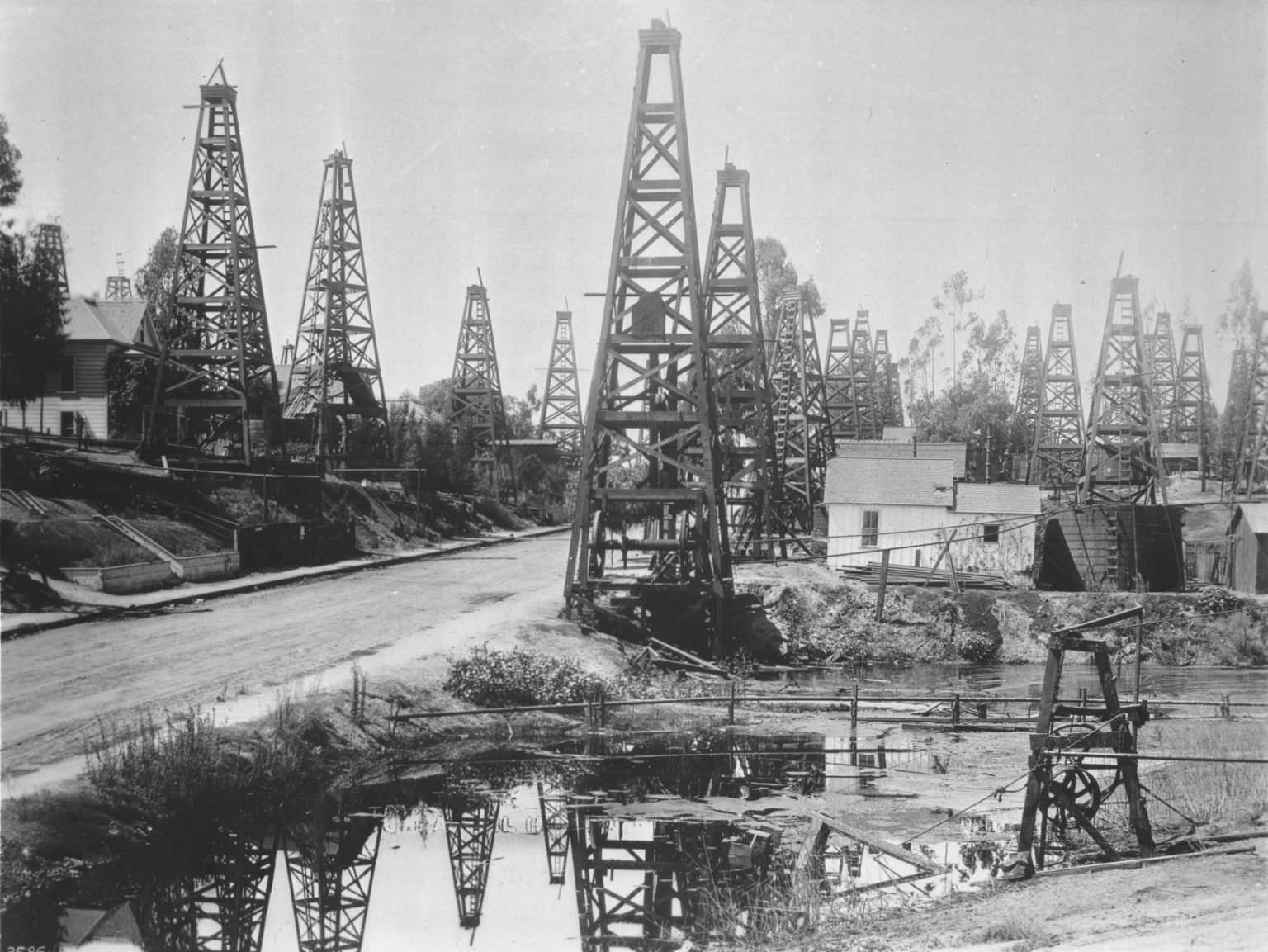A study by scientists with the U.S. Geological Survey points to oil drilling operations as the likely culprit in some of the biggest earthquakes that hit Southern California in the early 20th century — which led to questions about whether or not the Los Angeles region is really as earthquake prone as it is known for.
A number of recent studies have found that earthquakes in Oklahoma and Texas were likely induced by oil production or underground injection of oilfield wastewater. For instance, USGS researchers found that wastewater disposal most likely induced the third-largest earthquake in recent Oklahoma history, the 5.1-magnitude quake that occurred on February 13 of this year.
Previous research has found no evidence that oil operations have led to induced seismic events in Southern California, particularly the greater Los Angeles region, where many of the state’s major oilfields lie, since 1935. But what about before that?
To examine the possible connection between seismic activity that occurred before 1935 and oil and gas production activities, the USGS researchers first looked at historical records of earthquakes, then reviewed information on contemporary oil industry activities. The results of their study were published in the Bulletin of the Seismological Society of America.
“Although early industry activities did not induce large numbers of earthquakes, we present evidence for an association between the initial oil boom in the greater Los Angeles area and earthquakes between 1915 and 1932, including the damaging 22 June 1920 Inglewood and 8 July 1929 Whittier earthquakes,” the researchers write in the study.
The researchers also attempted to determine whether or not the 6.4-magnitude Long Beach earthquake of 1933 was induced by oil operations, and found some evidence of a causal relationship with activities in the Huntington Beach oil field. They write that it cannot be ruled out that the Long Beach earthquake, which killed 115 people, was induced by oil drilling activities.
The USGS researchers offer the caveat that their “results suggest that significant earthquakes in southern California during the early twentieth century might have been associated with industry practices that are no longer employed (i.e., production without water reinjection), and do not necessarily imply a high likelihood of induced earthquakes at the present time.”
Whereas recent earthquakes in Oklahoma and Texas are believed to have been caused by wastewater disposal, Susan Hough, a USGS geophysicist and co-author of the study, told the Wall Street Journal that the Southern California earthquakes were probably the result of an imbalance in subterranean pressure due to the removal of oil near fault lines.
“A common theme we found was when they drilled down to rock,” she is quoted as saying.
Hough reiterated to the WSJ that there has been no link established between drilling and earthquakes in the Los Angeles area in the second half of the century, she did say that her team’s findings could alter the way seismologists view the occurrence of earthquakes in one of the most seismically active areas in the U.S.
Now that we know many of the early 20th century’s biggest quakes were not naturally induced, she told the WSJ, “it does call into question what the rate of natural earthquakes in the L.A. Basin really is. Maybe the L.A. Basin as a geological unit is more seismically stable than we’ve estimated.”
Image Credit: Photograph of the first oil district in Los Angeles, Toluca Street, ca.1895-1901. Photo via Wikimedia Commons.
Subscribe to our newsletter
Stay up to date with DeSmog news and alerts







